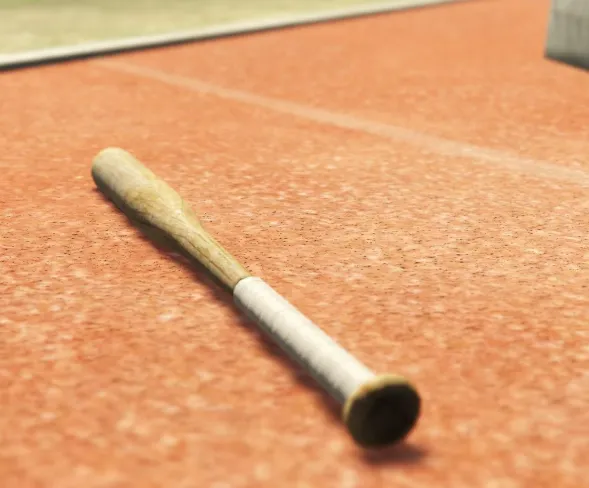Wood bats have a unique sound, feel, and tradition that make them a favorite among serious baseball players. However, using one properly and keeping it in good condition requires a little knowledge and attention. Whether you’re new to swinging wood or looking to make your bat last longer, understanding the right techniques and care routines can make all the difference.
Hitting with the Label: Why It Matters
You’ve probably heard players or coaches say, “Hit with the label up.” This isn’t just an old-school superstition—it’s a crucial technique.
When a bat is made, the manufacturer’s label is stamped on the weakest part of the barrel. Hitting with the label facing up (or down) ensures that contact is made on the strongest part of the bat, where the wood grains are straightest and most durable.
To check your position, take a few practice swings and stop at the contact point. The label should be facing directly up or down when your bat meets the ball. That’s how you know you’re striking with the strongest surface.
Extending the Life of an Ash Bat
Ash bats are known for their flexibility and light feel, but they also tend to “flake” over time. After repeated use, especially when hitting the ball in the same area, the barrel can start peeling or splintering.
The lifespan of an ash bat varies—some begin flaking after a single practice session, while others hold up for weeks. One proven way to strengthen the surface is through a process known as boning.
To bone a bat, rub the barrel firmly against a hard surface, such as a steel pole or porcelain sink. This compression tightens the wood fibers, reducing flaking and increasing durability. Avoid using glass bottles for this process—they can shatter and cause injury.
If you prefer a low-maintenance option, some newer models, like Louisville’s Prime series, come with a pre-applied finish that eliminates the need for boning.
Choosing the Right Grip for Your Bat
Bat grip comes down to personal preference. Some players like a cushioned handle that minimizes sting, while others prefer direct contact with the wood for better feel. Here are the three most common grip styles:
Athletic Tape
Tape lets you shape your handle exactly how you want it. You can make it thicker, taper the knob, or even build up extra weight near your hands for a different balance. While it doesn’t necessarily add tackiness, it helps customize the bat’s feel.Lizard Skins and Similar Grips
These pre-made grips are soft, colorful, and easy to apply. They provide consistent traction without the mess of pine tar. Many players like them for the modern look and reliable feel.Pine Tar
A classic choice, pine tar gives the bat a tacky grip that helps keep it secure in your hands. It can be applied with a rag or stick, usually above the handle. After applying, dust the area with rosin to get the perfect level of stickiness. Pine tar sticks are a cleaner, portable alternative and fit easily in your equipment bag.
Understanding the Ink Dot on Maple and Birch Bats
If you’ve ever noticed a small black ink mark near the handle of your maple or birch bat, it’s not a defect—it’s a certification.
After several incidents of shattered maple bats sending dangerous splinters into the stands, manufacturers developed an ink dot test to measure the wood’s grain quality and durability. The way the ink spreads on the bat’s surface reveals whether the wood meets safety and strength standards.
Only bats that pass this test can be sold, and the ink mark remains visible as proof that the bat meets quality guidelines. This test isn’t performed on ash bats, which break differently and don’t pose the same risks.
Final Thoughts
Using a wood bat the right way can dramatically improve your performance and extend the life of your equipment. Always hit with the label in the correct position, take care of your bat with proper maintenance, and choose a grip that suits your hitting style.
A well-maintained wood bat not only lasts longer but also gives you that unmistakable sound and feel that metal bats can’t match. Treat it right, and it’ll reward you every time you step into the batter’s box.












